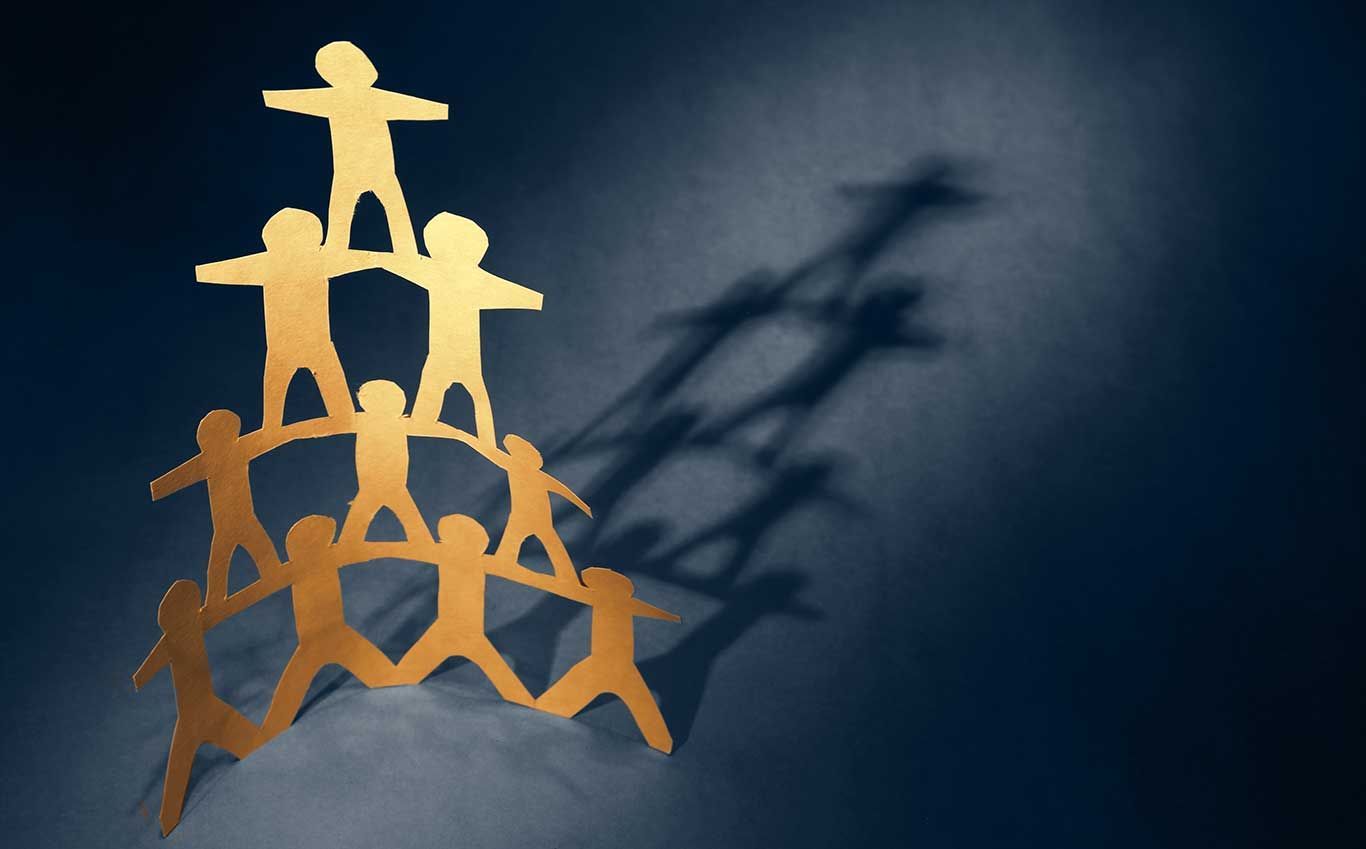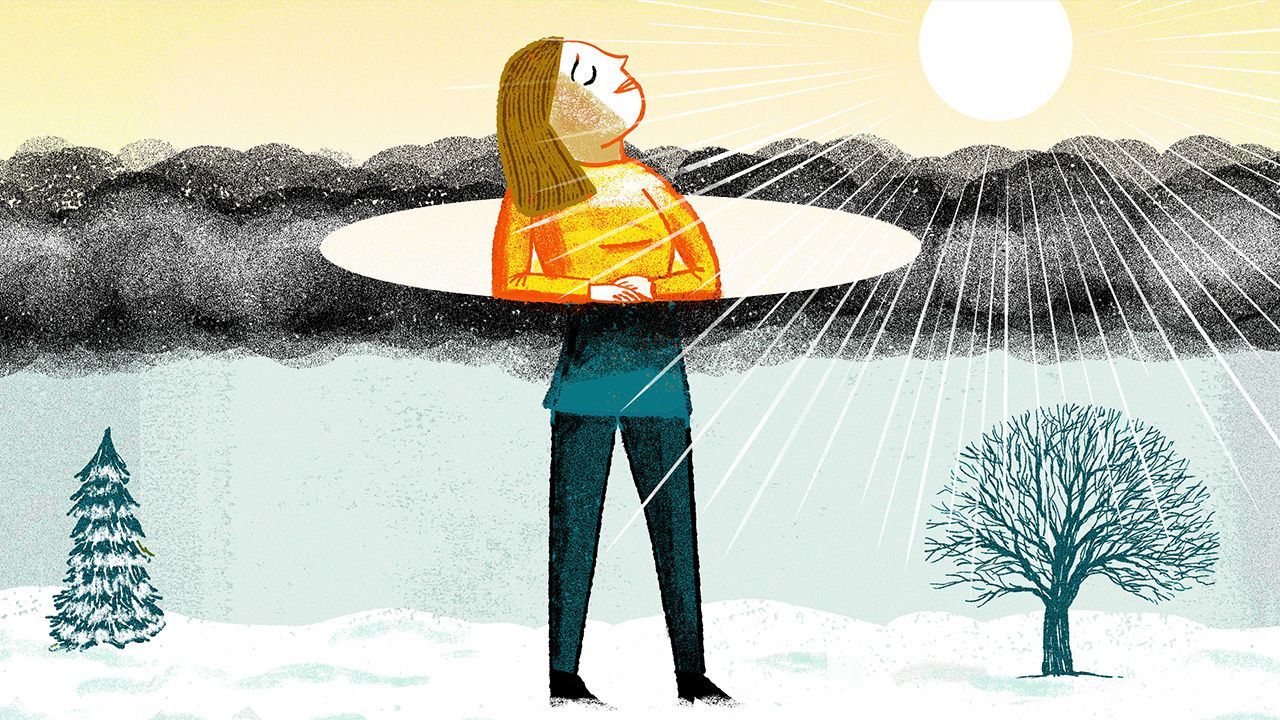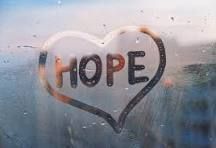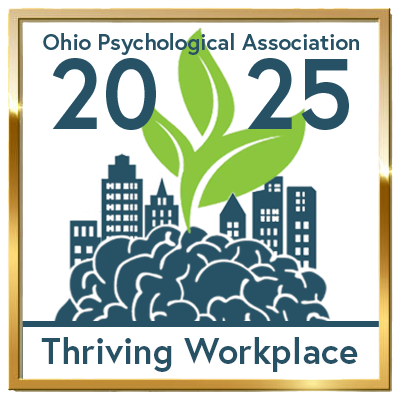For many adolescent and teenagers who are feeling a little stress or anxious in a social situation, they may surrender to peer pressure by experimenting with vaping or having an alcoholic beverage to relax their anxiety and fit in with their friends. Is one puff or alcoholic beverage a cause for concern? Perhaps not for many teens, but the concerns arise when use can turn into abuse and in a worse-case scenario, dependency.
In Child and Adolescent Behavioral Health’s (C&A) past two blog posts, we have examined why a teen may use; signs a teen is using; and how a parent’s reaction can make a difference. This post will look at teenage use, abuse and dependency – how that affects the person using and treatment options.

USE
What would a common person consider use of a substance? By simple terms, use would be taking a vape or alcoholic beverage one time, testing out the situation and doing this maybe for social reasons. For many teenagers, they are satisfying their curiosity. But when a person is using a substance, most likely they will not experience withdrawal symptoms.
If a parent suspects their child is using, the best solution is to have a calm conversation with your child. If the child is being upfront and honest regarding the use, a parent can ask the questions – Why did you try this substance? How did this make you feel? Did you like what you tested out? Here could be the repercussions of your action (present facts).

C&A’s Substance Use Lead Dr. Karita Nussbaum said according to the American Society of Addiction Medicine (ASAM) the best form of treatment or early intervention for someone that “used or is experimenting” is education. That education for a child can come from a parent, counselor or even found online – although information is not always accurate.
Led by Dr. Nussbaum, C&A is working with area high schools and offering an Alternatives Group at the middle and high schools. Dr. Nussbaum said this group is an educational group where no one judges or condemns. In this group, facts are presented to educate and challenge the users to make changes and to see what changes are needed. To have a group, Dr. Nussbaum said the group must have four people in the group and the group meets for six sessions. The group will meet for three days after school, for two weeks. The schools are using this group as an alternative to suspension or other consequences.
ABUSE
Abuse of a substance starts to look and feel a little bit different than use. Some of the criteria for abuse of a substance according to the Diagnostic and Statistical Manual of Mental Disorders is:
- Taking the substance in larger amounts or for longer than you’re meant to
- Wanting to cut down or stop using the substance but not managing to
- Spending a lot of time getting, using or recovering from the use of the substance
- Cravings and urges to use the substance
- Not managing to do what you should do at work, home or school because of the use
- Continuing to use, even when it causes problems in relationships
- Giving up important social, occupational or recreational activities
- Using substances again and again, even when it puts you in danger
- Continuing to use, even when you have a physical or psychological problem that could have been caused or made worse by the substance
- Needing more of the substance to get the effect you want (tolerance)
- Development of withdrawal symptoms, which are relieved by taking more of the substance
If a parent suspects their child is using but not sure if they have gone beyond the boundaries to abuse, here are some indicators. At this stage, the child is becoming sneakier; not as forthright with information; maybe even withdrawing from the family. A parent could recommend a drug test but if the child is of legal age, the child does not have to submit.

Dr. Nussbaum said at this stage, the family needs to have their child assessed through a facility or agency (like C&A) to see what stage the situation is in – if there is a pattern to use; are they experiencing withdrawal symptoms and the child’s thought process, opinions and attitudes. The teenager’s attitude toward using a substance may indicate their likelihood to use. If they see a substance as not a big deal, the use may be more frequent because they are ignoring the dangers of the substance.
According to the ASAM levels of care, abusing is not addiction. But at this point, there is a higher level of care needed. Usually, the care is outpatient. At this point, the questions are do you want to change? And how does change look? If they cannot change, most likely the child has moved to the dependency or addictive stage.
DEPENDENCY
ASAM’s definition of addiction is: Addiction is characterized by the inability to consistently abstain, impairment in behavioral control, craving, diminished recognition of significant problems with one’s behaviours and interpersonal relationships, and a dysfunctional emotional response. Like other chronic diseases, addiction often involves cycles of relapse and remission. Without treatment and engagement in recovery activities, addiction is progressive and can result in disability or premature death.
Dependency can be described as the severe reactions to withdrawal symptoms or patterns that are taking shape. For instance, if a person is an alcoholic, they may wake up in the morning to the shakes. The only way to relieve the shakes is to have a drink.
If a child is dependent on a substance, a more intensive outpatient program is needed. Decisions is a group run by C&A’s Dr. Karita Nussbaum. This group meets three times a week, for a minimum of six hours a week. This group’s goal is to maintain the client’s sobriety. This group examines what are the triggers; how can I live my life without this substance; how can I stop and stay stopped? The group looks at causes, changes and offers support.

Dr. Nussbaum said when someone is looking to stay sober, they need one person when they are thinking of using a substance again; they can turn to someone who is non-judgmental and offer that support. She said if they happen to relapse, the user needs a calm person to ask, “What happened?” Oftentimes, that is a counselor. Dr. Nussbaum said addicts recovering will often have a relapse or two.
If a client is at the highest level of dependency, Dr. Nussbaum said the user will need to go to an inpatient residential treatment facility. The kids that are referred to this program really struggle and have no coping skills or support system at home. Following their in-treatment stay, upon release, the child will move back to an intensive outpatient program such as Decisions.
If you suspect your child is using or abusing a substance, please call C&A at 330-433-6075.
*The final post in this four-part series on substance use will focus on recovery.
RECENT POSTS












